
This post was most recently updated on January 6th, 2025
Demand Side Platforms (DSP) are innovative technologies that have revolutionized the digital advertising ecosystem, enabling advertisers to purchase ad impressions from publishers seamlessly through a unified interface. If you’re serious about growing your publishing brand and considering using programmatic advertising, it is critical that you understand DSPs.
In this article, We strive to present a comprehensive understanding of DSPs, focusing on their functionality, significance, and their integral role in programmatic advertising.

A Demand Side Platform is a software application that facilitates the buying of online advertising inventory in real time. It serves as a mediator between advertisers and publishers, managing bids, and ensuring optimal ad placements. By utilizing advanced algorithms, DSPs empower advertisers to target specific audiences, improving the overall efficiency of advertising campaigns.
With the help of Demand Side Platforms, advertisers can buy ad placements via numerous platforms such as video, mobile, and display. It’s also worth mentioning that Supply Side Platforms exist to support publishers in managing their inventory. If you are completely new to programmatic, it might be worth reading our Programmatic Advertising For Dummies post before moving forward. Most use the Demand Side Platform definition whereas it’s a platform that advertisers use to purchase advertising inventory via RTB (real-time bidding).
Below is an expanded overview of some of the best DSPs for 2025, including their eCPM statistics where available.
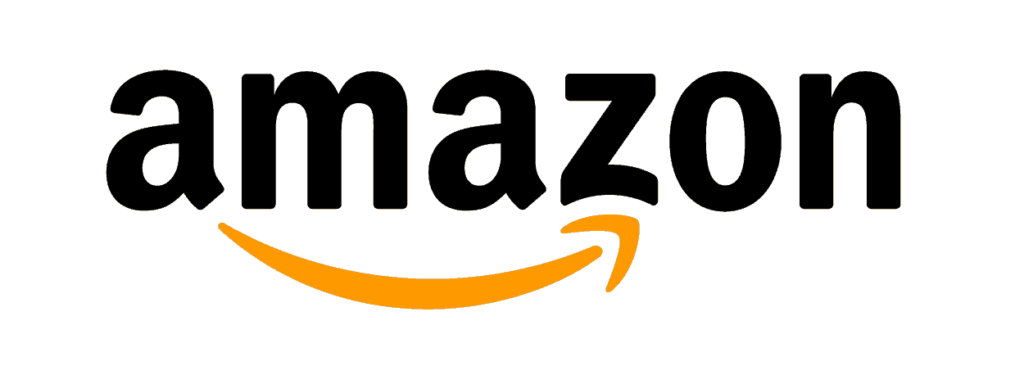
Amazon DSP Integrates with Amazon’s extensive ecosystem, allowing advertisers to reach audiences both on and off Amazon.
While specific eCPM figures are not widely reported, estimates suggest rates can vary significantly based on targeting and inventory quality, typically falling between $5 to $15 depending on the campaign specifics and audience targeting.
Key Features: Leverages Amazon’s vast data for precise audience targeting, enhancing ad effectiveness.

DV360 is a part of Google Marketing Platform, providing access to Google’s extensive ad network. Estimated eCPM rates are generally around $3 to $10, influenced by factors such as inventory type and targeting precision.
Key Features: Offers advanced analytics and optimization tools that help advertisers improve campaign performance.
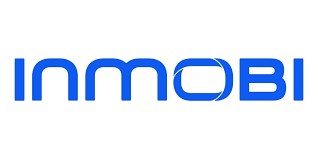
InMobi primarily serves the Asia-Pacific (APAC) region. Their ECPMs generally exceed $1, with reports indicating a 33% increase in eCPM for certain campaigns. The platform is known for maximizing ROI through exclusive access to premium demand, significantly boosting ad revenue for its partners.
Key Features: Offers innovative mobile-first advertising solutions and is recognized for its effectiveness in engaging consumers through immersive experiences on mobile devices.

They utilize AI-driven insights for effective audience targeting. Their earnings are less frequently published; however, industry estimates suggest eCPMs can range from $2 to $8, depending on the campaign’s audience and format.
Key Features: Provides real-time audience insights that help in optimizing campaigns.
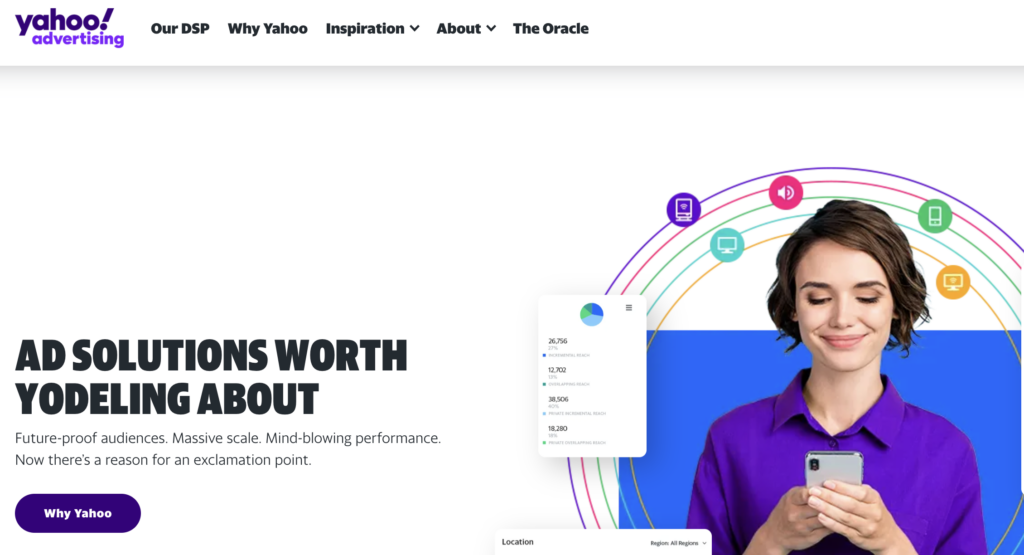
Yahoo’s AdTech offers access to a wide range of inventory across various verticals. Their eCPMs typically range from $3 to $10, influenced by the type of ad formats (Rewarded, Interstitials, etc) used.
Key Features: Includes educational resources through the Yahoo Academy Learning Center, aiding advertisers in maximizing their platform usage.
DSPs do not own or transact any ad inventory. Instead, they integrate their systems with ad exchanges and other sources enabling publishers to offer their inventories to advertisers. With a selection of apps and websites to choose from Demand Side Platforms then enable advertisers to purchase ad space within the RTB environment.
Using a range of data settings advertisers get to optimize their campaigns. These data points include user information about platforms used, demographics, psychographics, search query history and more. Advertisers identify the publisher inventory and data points they want to target then place their bid within the DSP platform. If their bid wins the auction, their ad gets served on the publisher’s property (web, mobile, video etc).
DSPs primarily focus on optimizing the ad-buying process, analyzing vast data sets to guide advertisers in making informed decisions regarding ad placements. They offer:

With DSP, advertisers can reach a wider variety of potential ad inventories and have access to precision targeting settings, all of which are only the tip of the iceberg.
It’s necessary to keep in mind that not all DSPs are equal or have identical functionalities. Let’s take a quick look at some of the overall benefits these platforms present to advertisers.
Real-time Bidding: With RTB, programmatic auctions are used to enable advertisers to bid on advertising inventory in a real-time environment. Through auctions, advertisers can place bids on impressions and almost instantly get their ads shown on publisher websites.
As a result, advertisers have an increased amount of control, can make adjustments to their campaigns in real time and continuously work to improve ROI without much delay. The added control of this bidding environment lets them make accurate buyer decisions and target the most relevant audience.
Easy management: DSPs enable advertisers to manage the buying of ad inventory from multiple data platforms, exchanges, and more all with one interface. This saves the advertiser a lot of time as compared to managing each exchange or even publisher relationship separately.
With the integration of multiple ad inventory sources into one platform, advertisers can expect an enhanced targeting experience and an increased selection of device platforms for running campaigns.
Enhanced campaign reporting: With Demand Side Platforms advertisers can expect a transparent and sophisticated reporting experience. They will be able to see real-time data regarding the performance of their campaigns across multiple advertising inventory sources.

There are two kinds of DSPs available on the market. One type falls within the self-serve category and the latter being an entirely hands-off full-service approach. Both have their pros and cons. Here’s a quick look at each:
Do it yourself / Self-service: With this option, an advertiser may decide to manage their campaigns. The benefits involve having full control of your campaigns and not needing to commit a large budget to use the DSP. However, as the saying goes, with great power comes great responsibility.
That’s what advertisers have when choosing this option. With self-serve Demand Side Platforms, advertisers need to make decisions about campaign optimization such as bidding, budgets, and targeting.
To have success with this type of platform, the advertiser needs a skilled team of media buyers to manage their account or be willing to learn the ropes. A lot of effort and management is involved in this approach.
Full Service / Managed: To use this type of account an advertiser typically needs to agree to a sizable budget or minimum spend with the Demand Side Platform to have the DSP take control of their campaigns.
An experienced account manager is provided for the advertiser to meet his advertising needs and manage the budget, targeting, optimization, and everything that accompanies it.
For some advertisers, this is the perfect setting since they don’t want to spend too much time on the technical aspect of advertising or might not have a team of media experts working for them.
DSPs can offer many of the same functionalities an ad network does such as targeting functions and the option to reach a big pool of potential ad inventories. Most DSPs claim to have an advantage over ad networks since they offer a one-stop shop for campaign optimization, tracking, etc. all through a single platform. Unlike ad networks, DSPs do not add a margin to the inventory they put available and instead charge a transaction fee. However, some companies might differ.
Some believe that traditional ad networks are dying out to make way for more sophisticated platforms like DSPs. However, as with most elements within the programmatic industry, recent development has only led to both DSPs and Ad Networks improving and widening their service offerings.
Many ad networks have started offering RTB capabilities while many DSPs are doing what ad networks are by buying up inventory and reselling it with added margins. Only time can truly tell, but it looks like the next generation of ad networks has already started to emerge in the form of modern-day platforms.
A Data Management Platform (DMP) should not be confused with a DSP. They are not the same. The definition of a DMP is a tool or software that gathers information on audiences, also known as audience data, and presents it to different parties within the advertising industry in a useful manner.
The information collected by a Data Management Platform can come from numerous online or offline sources provided by advertisers that get compiled into a single platform. DMPs assist DSPs in providing a better understanding of consumers to advertisers which helps them hone their targeting and optimize towards their eCPM and eCPA goals.
Using Data Management Platforms helps advertisers cut out wasteful spending by targeting their intended audience with much more surety. The accuracy of campaigns is further improved when DSPs communicate campaign performance with the DMPs. Of course, this can only happen when the DSP vs DMP are connected to one another.
Keep in mind that as the programmatic advertising landscape is always changing, and improving with more features, it’s worth mentioning that some Data Management Platforms may also offer DMP advertising services.
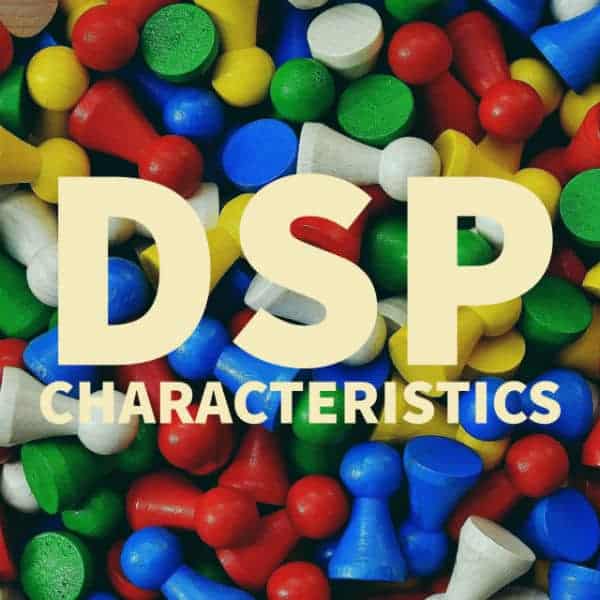
Here’s a quick run-down on the most important DSP components to be aware of:
–> When using a Demand Side Platform from a self-service point of view, advertisers should have every functionality provided enabled. Having access to an unconstricted platform will help them improve their skills within their media team.
If campaigns get managed by the DSP, there should not be more features that typically become hidden when self-service is enabled.
–> A DSP must not have any bias towards other businesses be it ad exchanges or any other partnerships. It must be an equal opportunity platform.
–> Transparency is critical which translates to no details being hidden from advertisers. This includes pricing, costs, commissions, or fees charged for everything.
–> No charges, whether for media or data should be marked up without the advertiser or agency is made aware of it.
–> When working directly with publishers, there should be no model or revenue sharing from this type of relationship. This will help the DSP remain unbiased.
–> The DSP should never be connected to, run, or own a related ad network as it indicates a bias towards that network.
–> DSPs should avoid reselling bulk media to their clients.

The evolution of demand-side platforms is incessant, with continuous advancements aimed at improving efficiency, targeting, and analytics. We foresee a myriad of advancements shaping the future of DSPs, predominantly driven by the integration of advanced technologies such as Artificial Intelligence (AI) and Machine Learning (ML). Below, we delve into the expected trends and their potential implications on the advertising ecosystem.
AI and ML will play a pivotal role in augmenting the targeting capabilities of DSPs. These technologies will empower advertisers to analyze consumer behavior and preferences with unprecedented precision, allowing for the creation of more personalized and relevant ad content. This improved targeting accuracy will not only bolster user engagement but also optimize ad spend by reaching the most pertinent audiences.
The infusion of AI will lead to the development of more sophisticated real-time bidding algorithms. These enhanced algorithms will facilitate more accurate and efficient bid placements, maximizing the probability of winning ad impressions at optimal prices. This evolution will ensure better utilization of advertising budgets and enhanced ROI.
Machine Learning, coupled with data analytics, will bring forth advanced predictive analytics capabilities in DSPs. Advertisers will gain deeper insights into future consumer behavior and market trends, enabling them to anticipate shifts in consumer needs and preferences. This foresight will allow advertisers to develop more proactive and strategic advertising campaigns, staying ahead of the competition.
We anticipate a surge in the adoption of programmatic direct and private marketplaces within the DSP landscape. These platforms will offer advertisers more control over ad inventory selection and pricing, fostering transparency and trust between advertisers and publishers. This collaborative approach will lead to the creation of high-quality, impactful advertising content, enriching the user experience.
The ongoing advancements in DSP technology will usher in a new era of creativity and diversity in ad formats. The integration of technologies like Augmented Reality (AR) and Virtual Reality (VR) within DSPs will enable the crafting of more immersive and interactive ad experiences. These innovative ad formats will captivate audiences, enhancing brand recall and engagement.
Future DSPs will emphasize a more holistic, omni-channel approach to advertising. By leveraging advanced data management and analysis capabilities, DSPs will synchronize advertising efforts across multiple channels and platforms, ensuring a consistent and harmonious brand message. This unified approach will enhance brand perception and loyalty, driving long-term business growth.
Demand-side platforms have brought unprecedented efficiency and precision to digital advertising. They have:
Here’s an analysis on how DSPs look compared to conventional advertising:
In contrast to traditional advertising channels, DSPs offer advertisers unparalleled control over ad placements, ad spend, and targeting, allowing for continuous optimization.
With DSPs, advertisers can access real-time data and analytics, making immediate adjustments to campaigns as needed, a feat impossible with traditional advertising mediums.
DSPs optimize ad spend through real-time bidding and targeting, ensuring that advertisers pay the optimal price for each impression, reducing the wastage of the advertising budget.
Demand-side platforms provide access to a wide range of ad formats and channels, allowing advertisers to create multifaceted campaigns that resonate with diverse audiences.
When choosing a Demand Side Platform, consider the following aspects to ensure it aligns with your advertising objectives:
In conclusion, Demand Side Platforms are transformative entities in digital advertising, offering enhanced targeting, optimization, and efficiency. By leveraging advanced technologies and comprehensive data analysis, DSPs enable advertisers to craft compelling, relevant advertising campaigns, resulting in improved user engagement and maximized ROI.
Although MonetizeMore’s focus is helping publishers on the supply side to maximize their income, we strongly advise our partners to understand much of the programmatic industry as possible. Growing in knowledge and keeping up to date with an ever-changing industry is a vital part of a successful publisher’s skill set.
Want to know which Demand Side Platforms can help to streamline your ad ops and grow your ad revenue? Get all the help you need! Sign up for a Starter account at MonetizeMore today!
A demand-side platform does not create ads or manage inventory or ad space. Instead, they help advertisers who wish to buy ad space connect with publishers who have space available to sell. The platform allows advertisers to buy ad placements across a range of sites without complex human intervention, as the platform matches the requirements of the buyer to the most appropriate seller.
Xandr, Amazon DSP and DV360.
Effectively they are two sides of the same coin. They are designed to do similar things. A DSP is used by advertisers to maximize the potential of their ad spend, whereas an SSP would be used by publishers to maximize the potential of their inventory. One is attempts to maximize results for the advertiser (demand side, as advertisers, demand ad space) and one for the publishers (supply side, as publishers, supply the ad space).

With over ten years at the forefront of programmatic advertising, Aleesha Jacob is a renowned Ad-Tech expert, blending innovative strategies with cutting-edge technology. Her insights have reshaped programmatic advertising, leading to groundbreaking campaigns and 10X ROI increases for publishers and global brands. She believes in setting new standards in dynamic ad targeting and optimization.

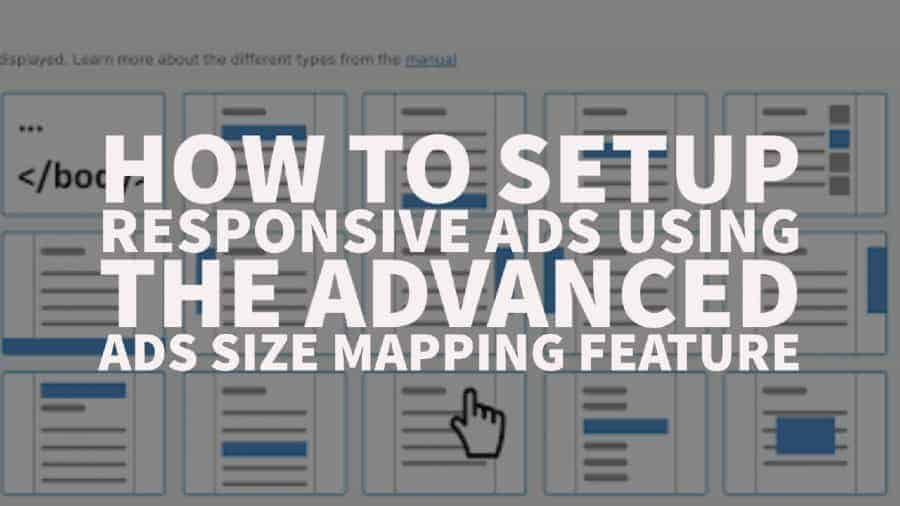

10X your ad revenue with our award-winning solutions.